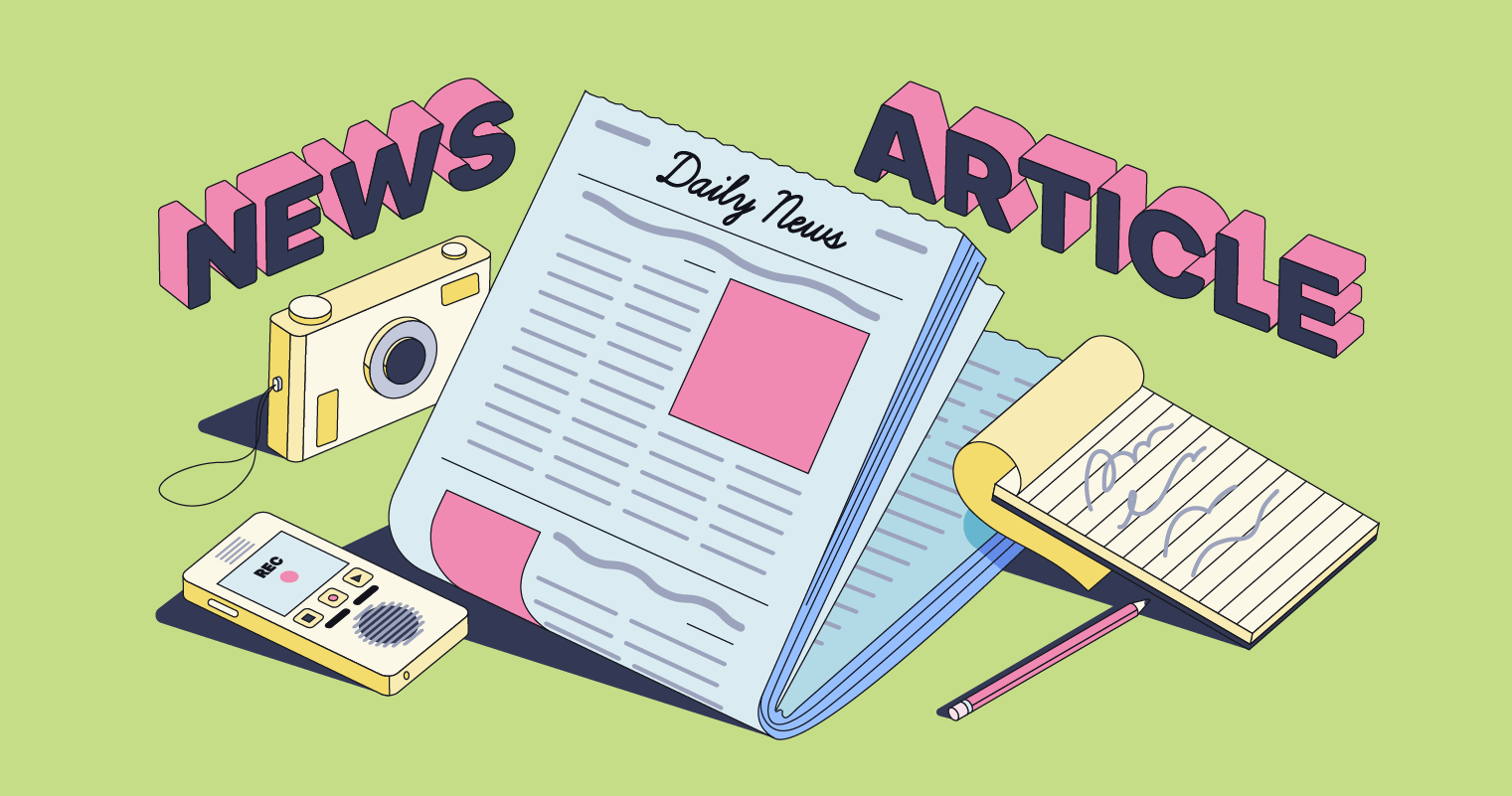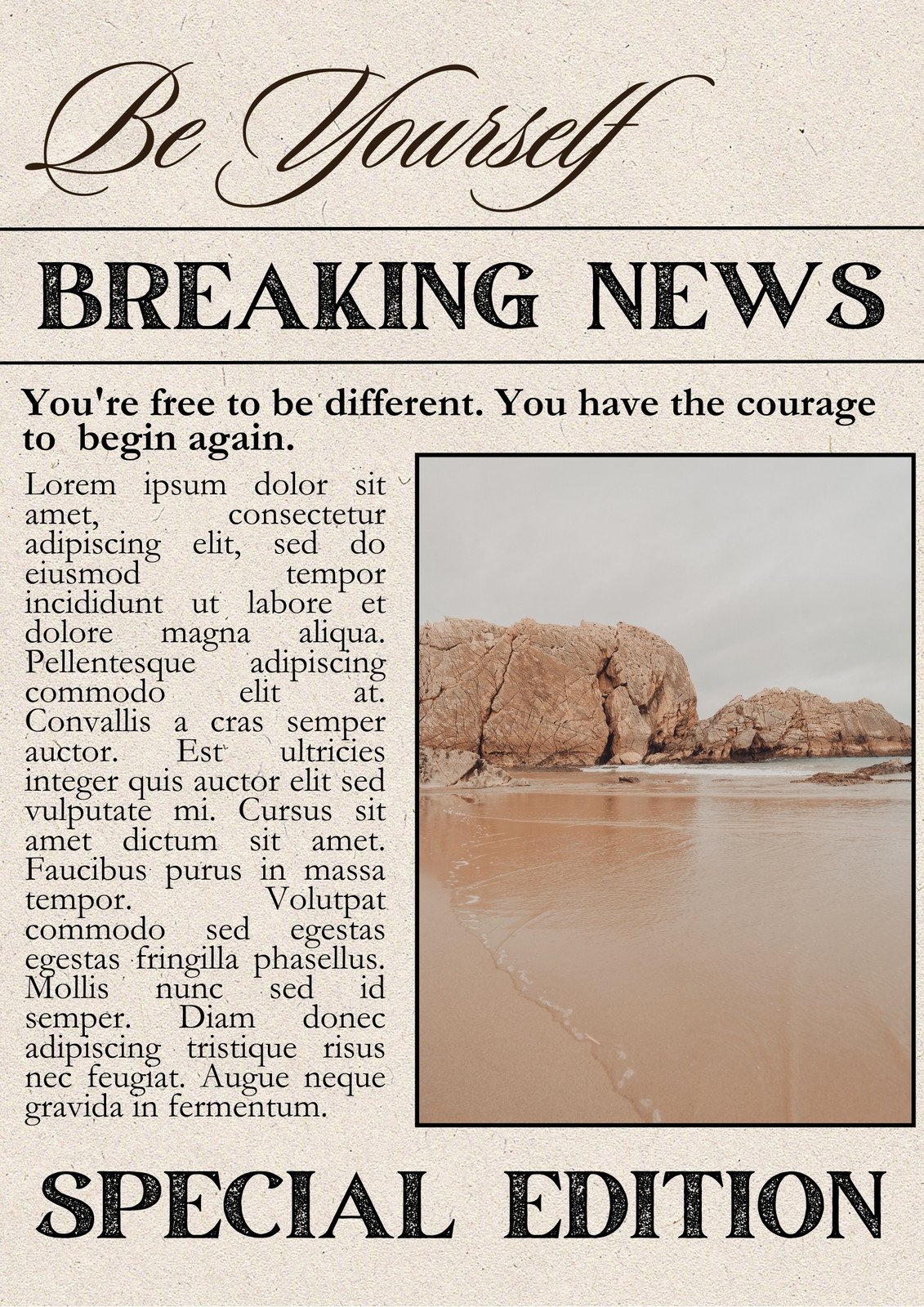The Greatest Guide To News Articles
The Greatest Guide To News Articles
Blog Article
The Of News Articles
Table of ContentsUnknown Facts About News ArticlesHow News Articles can Save You Time, Stress, and Money.The Ultimate Guide To News ArticlesWhat Does News Articles Mean?What Does News Articles Do?
Excellent understanding of different topics gives pupils a competitive edge over their peers. Despite the fact that digital and social media sites are easily accessible, we need to not forget exactly how crucial it is to read the papers. Moms and dads should attempt and inculcate the routine of reviewing a newspaper as an everyday regimen to continue the tradition of the adored print tool.Information tales additionally contain at least one of the complying with crucial features relative to the intended audience: closeness, prominence, timeliness, human passion, quirk, or repercussion.
Within these limitations, news stories likewise aim to be thorough. Nevertheless, various other variables are entailed, some stylistic and some stemmed from the media kind. Amongst the bigger and more respected papers, fairness and equilibrium is a significant aspect in offering details. Discourse is usually confined to a different area, though each paper may have a various general slant.
Papers with a global target market, for instance, often tend to make use of a much more formal design of composing. The specific selections made by a news electrical outlet's editor or content board are commonly collected in a design guide; usual style overviews include the and the US Information Style Book. The primary goals of information writing can be summarized by the ABCs of journalism: precision, brevity, and clarity.
5 Easy Facts About News Articles Explained
As a policy, reporters will certainly not utilize a lengthy word when a brief one will certainly do. They utilize subject-verb-object building and construction and dazzling, active prose (see Grammar). They provide anecdotes, examples and metaphors, and they rarely rely on generalizations or abstract concepts. News writers attempt to stay clear of utilizing the exact same word much more than as soon as in a paragraph (sometimes called an "resemble" or "word mirror").
However, headlines occasionally leave out the topic (e.g., "Jumps From Boat, Catches in Wheel") or verb (e.g., "Pet cat woman lucky"). A subhead (likewise subhed, sub-headline, subheading, subtitle, deck or dek) can be either a subordinate title under the major heading, or the heading of a subsection of the post. It is a heading that precedes the major text, or a group of paragraphs of the major text.

Extra signboards of any of these types might appear later on in the write-up (specifically on subsequent web pages) to entice more reading. Such signboards are also utilized as reminders to the short article in various other sections of the publication or website, or as advertisements for the item in various other publication or sites. Regular structure with title, lead paragraph (summary in vibrant), other paragraphs (details) and call information.

Instance of a hard-lead paragraph NASA is recommending one more space job. The look at more info spending plan requests approximately $10 billion for the task.
An "off-lead" is the second most crucial this content front web page information of the day. To "bury the lead" is to start the article with history details or details of second importance to the viewers, compeling them to review even more deeply into a post than they must have to in order to uncover the vital factors.
About News Articles
Typical use is that one or 2 sentences each create their very own paragraph. Reporters usually describe the organization or structure of a newspaper article as an upside down pyramid. The important and most fascinating aspects of a tale are placed at the start, with sustaining her response info adhering to in order of diminishing significance.
It permits individuals to explore a topic to only the depth that their interest takes them, and without the imposition of details or subtleties that they can think about pointless, however still making that info readily available to much more interested visitors. The inverted pyramid framework likewise allows articles to be cut to any kind of arbitrary length throughout design, to fit in the room offered.
Some writers start their tales with the "1-2-3 lead", yet there are lots of type of lead available. This layout inevitably starts with a "Five Ws" opening up paragraph (as explained above), complied with by an indirect quote that serves to support a significant aspect of the first paragraph, and after that a straight quote to support the indirect quote. [] A twist can refer to multiple points: The last story current broadcast; a "happy" tale to end the program.
Longer write-ups, such as publication cover posts and the items that lead the inside sections of a paper, are recognized as. Feature tales vary from straight information in several methods.
Excitement About News Articles
The reporter typically information communications with meeting topics, making the item more individual. An attribute's first paragraphs typically associate an intriguing moment or event, as in an "anecdotal lead". From the particulars of a person or episode, its view quickly broadens to generalities regarding the story's subject. The section that indicates what a function has to do with is called the or billboard.

The Editor's Toolbox: A Referral Guide for Beginners and Professionals (2001) Allan M. Siegal and William G. Connolly. The New York Times Guidebook of Style and Use: The Authorities Style Overview Used by the Writers and Editors of the World's The majority of Authoritative Newspaper (2002) M. L. Stein, Susan Paterno, and R.
Report this page